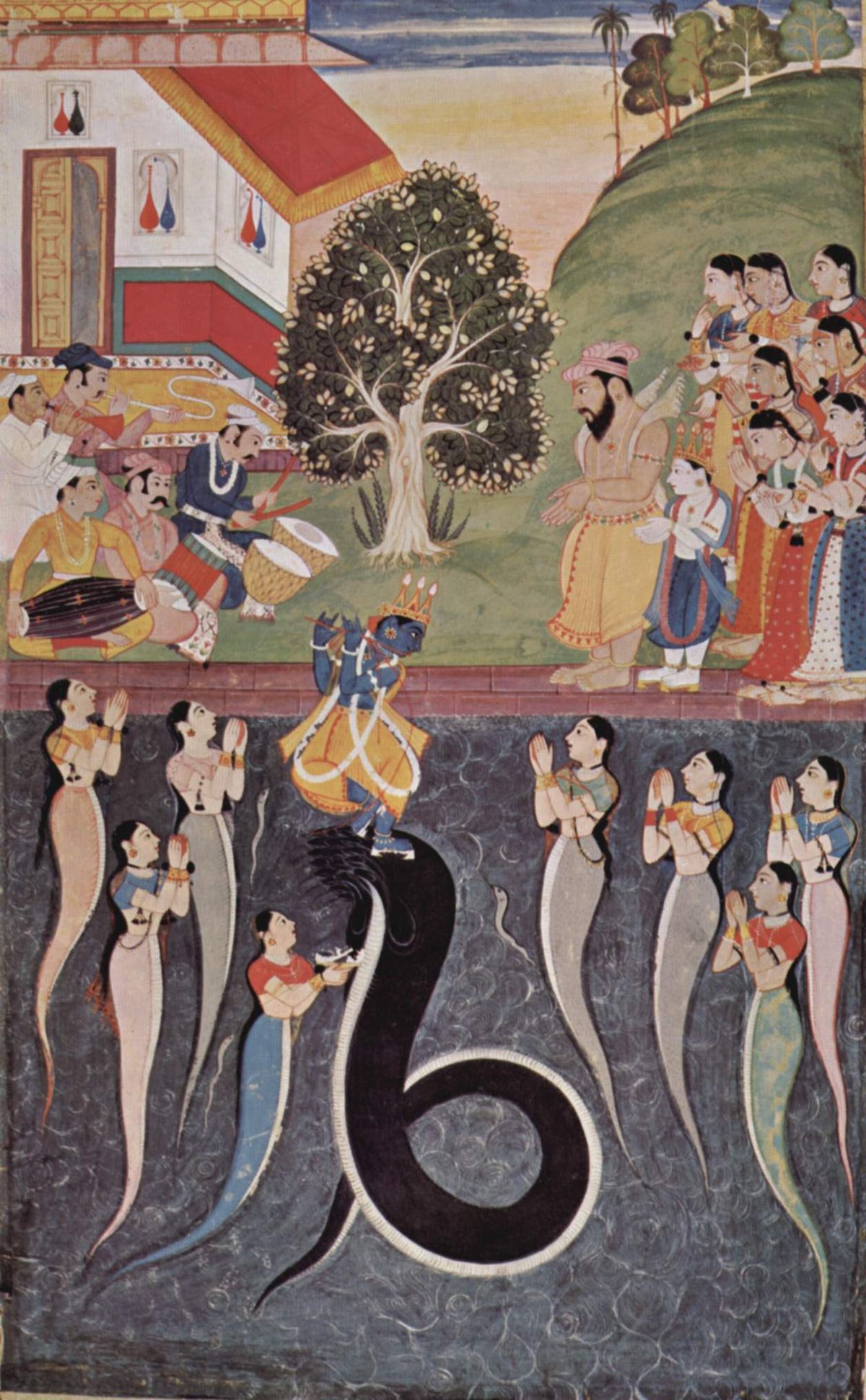 This is a bit of a dense post, mostly for my own research, so only read on if you're really, really interested in knowing where Reptilians come from.
This is a bit of a dense post, mostly for my own research, so only read on if you're really, really interested in knowing where Reptilians come from. Since they were popularized by David Icke (c.f. Children of the Matrix, 2001, and other works), there have been occasional sightings and reports of the shape-shifting trans-dimensional Reptilian Overlords of Humanity, also known as lizard people. But where on earth did Icke get them from?
It seems the main source was one Maurice Doreal of Oklahoma, although I wouldn’t exclude Icke digging into any of the upstream influences directly. Doreal was a follower of Helena Blavatsky’s theosophy, a man who mingled fiction and non-fiction by producing both a 1940-s dated pamphlet and a poem on the subject of shape-shifting serpent men from the lost continent of Lemuria. His claimed sources were some emerald tablets, allegedly written by an Atlantean high priest named Thoth. Michael Barkun, who seems to have done most of the research on the reptilian meme, thinks he really got it from fantasy author, Robert Howard.
I would have thought Blavatsky directly, but since Robert Howard himself was unashamedly influenced by Blavatsky, it’s hard to tell. Fortunately, he only applied her work to openly fictional purposes. In 1929, he published The Shadow Kingdom, about serpent men who lived in underground passages and used shape-changing abilities to imitate and infiltrate humanity. These characters later became incorporated into the Cthulu Mythos. I guess you could call them the more honest fictional spawn of Blavatsky’s ideas.
So now we come to the mother of them all, Helena Blavatsky, surely one of the most influential female authors of all time (though not necessarily in the most respectable way, so people tend not to mention her in that context). In her theosophical masterwork, The Secret Doctrine, Blavatsky wrote about dragon men who once lived on, you’ve guessed it, the lost continent of Lemuria in the middle of the Indian Ocean. Blavatsky claimed her source really existed, it just happened to be about as accessible as Lemuria itself, what with being guarded by a secret Tibetan organization at a time when foreigners just happened to be barred from Tibet. She called it The Book of Dzyan and claimed to have seen it, although others have accused her of drawing her inspiration from miscellaneous Asian sources and never going anywhere near Tibet.
Tthere is certainly a history of humanoid serpent-beings on the Indian sub-continent in the form of the nagas, and these seem a likely cultural source for Blavatsky, regardless of where she encountered them. I also happen to know that French folklore has a long-standing tradition of humanoid serpent-like beings, and though these seems a less obvious source for Blavatsky’s serpent beings, they may all resolve back to the same deep roots in the end.
No comments:
Post a Comment